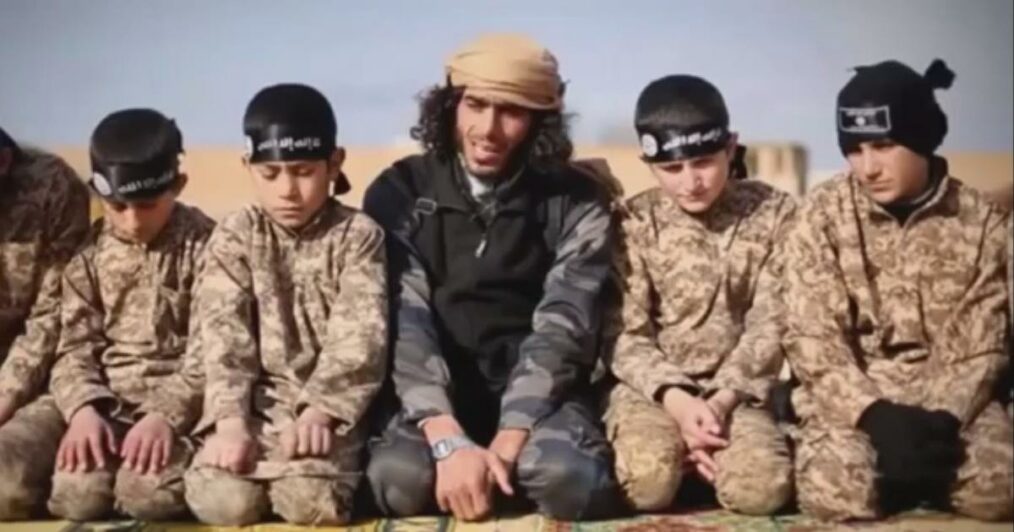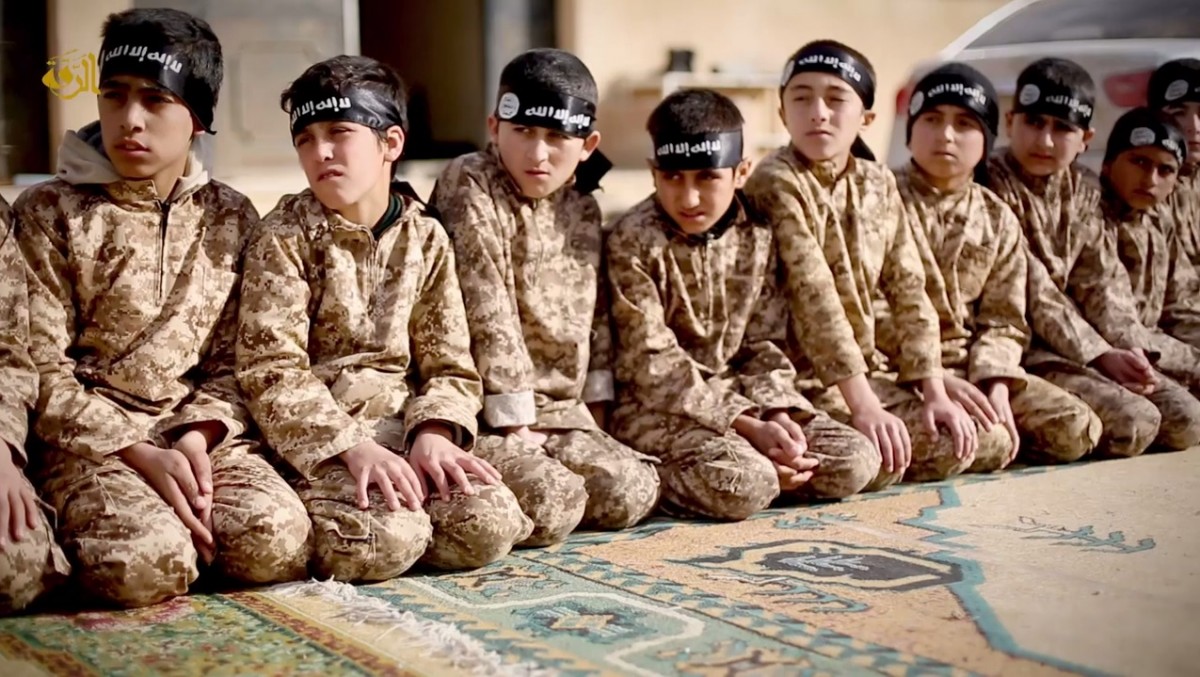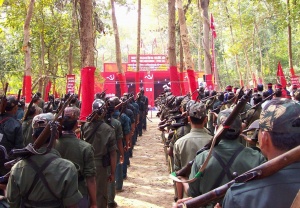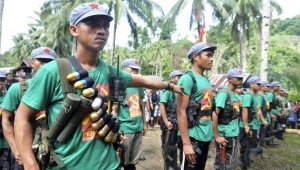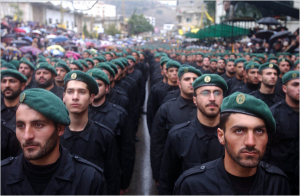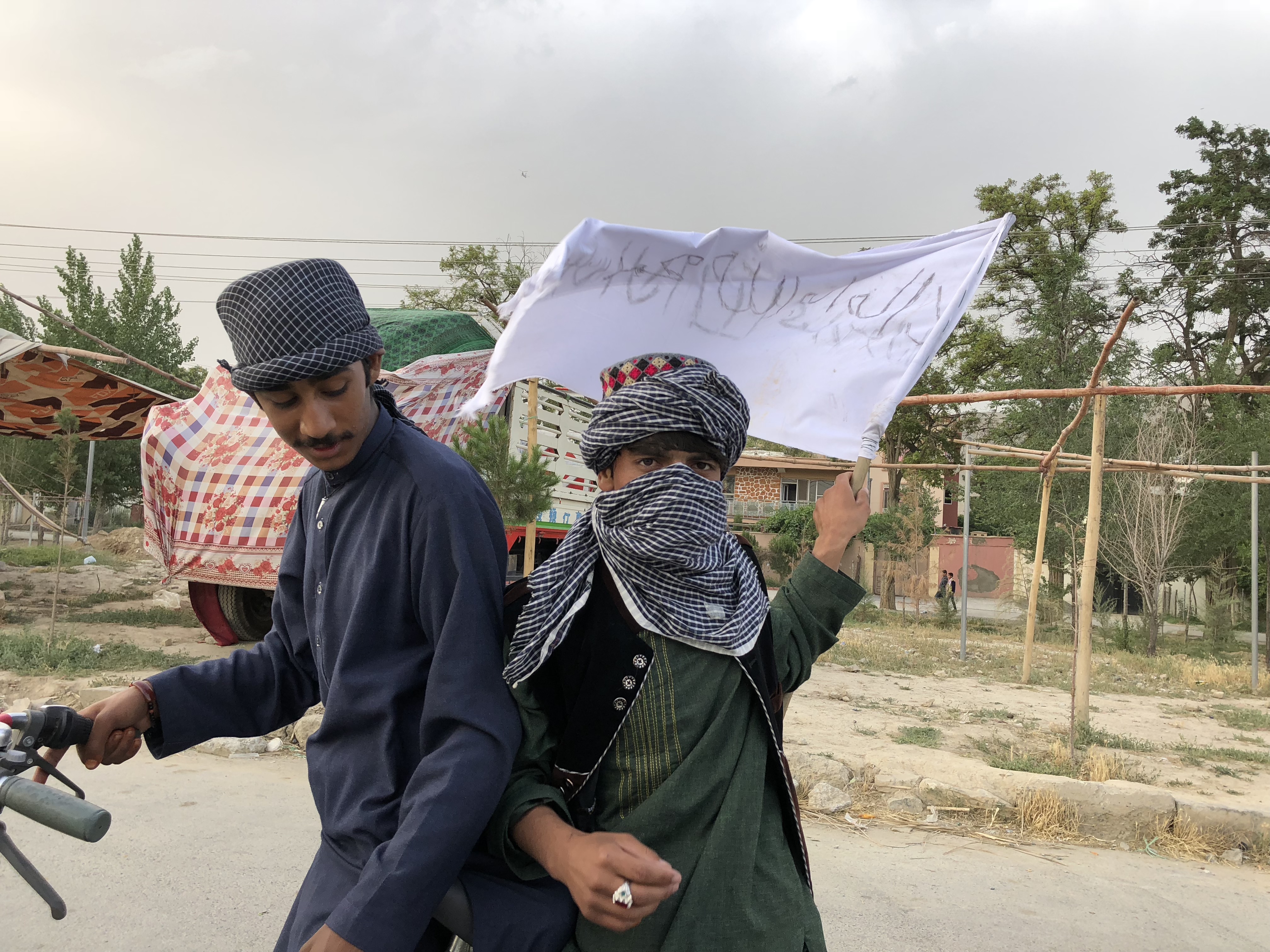
A favela, Brazilian Portuguese for slum, is a low-income, historically informal urban area in Brazil.
The last half of a century has seen a turn away from conventional warfare as armed conflicts shifted to guerrilla and other unconventional war-time tactics. It also saw the rise of two new armed efforts: The War on Terror and The War on Drugs. While there have been limited triumphs in each case, time has proven these approaches have been ineffective at producing stated goals such as putting a definitive end to terror organizations and gangs.
The world over, people are shaken by daily terrorist attacks that leave dozens dead and hundreds injured. All the while, drug traffickers control swathes of countries, destroying promising lives, especially in Mexico and Brazil – two of Latin America’s biggest economies.
For better or worse, humans are unique in their ability to adapt and increasingly, researchers and experts today, especially those studying Conflict Analysis and Resolution point toward the necessity of shifting our approaches if we hope to make real progress in our stated aims. Recruitment is often identified as terror and drug organizations’ Achilles Heel. Besides conspicuous differences in their missions – terror organizations aim to introduce political change through violence, and organized crime aims to profit through any means it can hoard – the pools from which the two cull new recruits are remarkably alike.
Amy Doughten from the Queens University of Charlotte’s Department of Psychology in North Carolina enlightened readers by itemizing similarities between gang and terror recruitment. Such efforts, she wrote, “…focus on young individuals,” and, “…provide an overarching answer and appeal to individuals marginalized from society. Recruited individuals may also have higher than normal levels of alienation and conflict with the larger societal environment.” Simply stated, both types of organizations target young people searching for inclusion in impoverished communities because they are easy to influence.
The international community has the power to cut these organizations’ recruitment bases in the long run, and at root, if it insists on improving the lot of marginalized populations at the local level. Current bellicose strategies, while perhaps well-intended, only produce the hydra-head phenomenon wherein the elimination of the heads of these organizations only see such people replaced with the next belligerents in line. Attack and retribution, in perpetuity, has been the result.
World leaders must learn from their mistakes in the wars on drugs and terror. They can shift their focus toward investing in local, marginalized, poor areas in Latin America, Africa, and Asia. Around the world, we can provide a more humane alternative to gangs of any sort for at-risk youth. Terrorists and drug traffickers can be defeated by reducing enrollees in their ranks. Only this can bring terror and drug organizations into their final days. It seems our current strategy necessitates that additional adversaries rise to stand against us. Let’s resolve, not perpetuate the problem.
Sources:
https://cides.fryshuset.se/files/2012/07/differences_and_similarities.pdf
http://scholarcommons.usf.edu/cgi/viewcontent.cgi?article=1145&context=jss
http://time.com/3716160/terrorism-gangs-white-house-summit/

Julio Falas, portalvermelho.org Children: between drug traffickers and the oppression of the state


